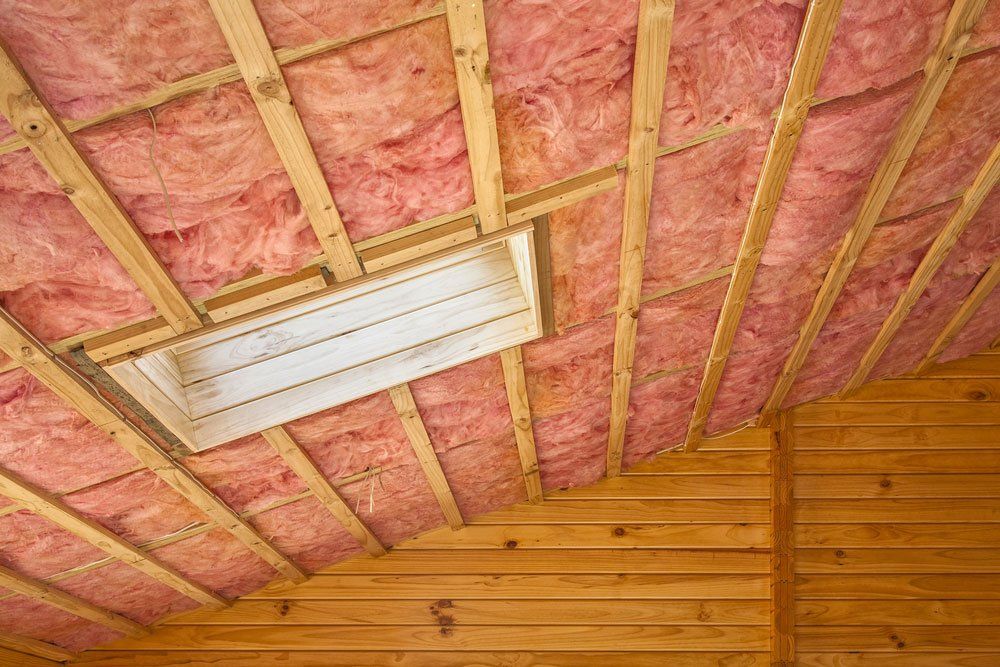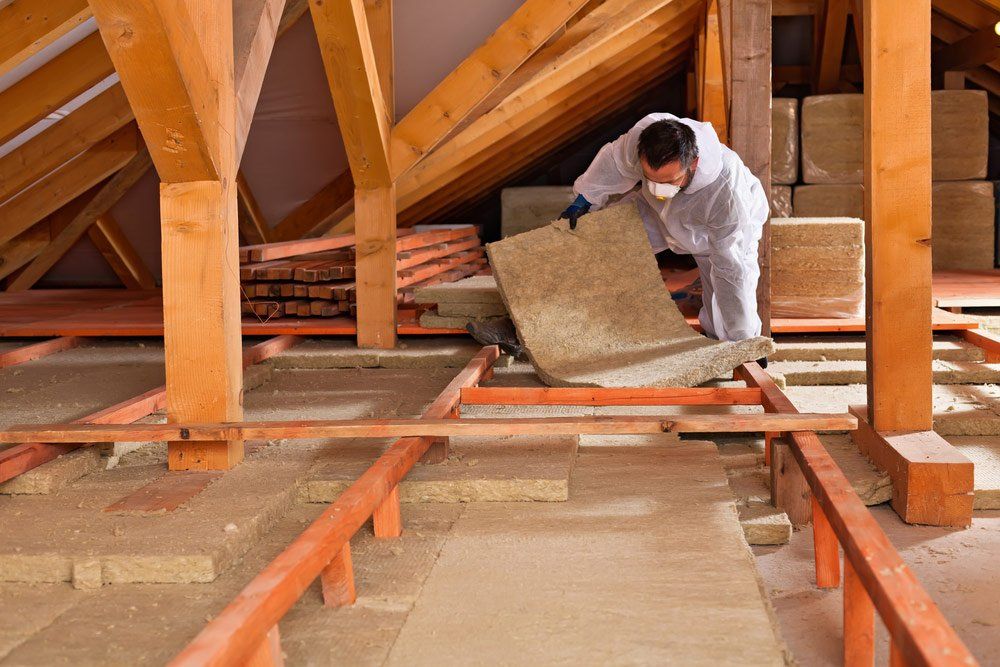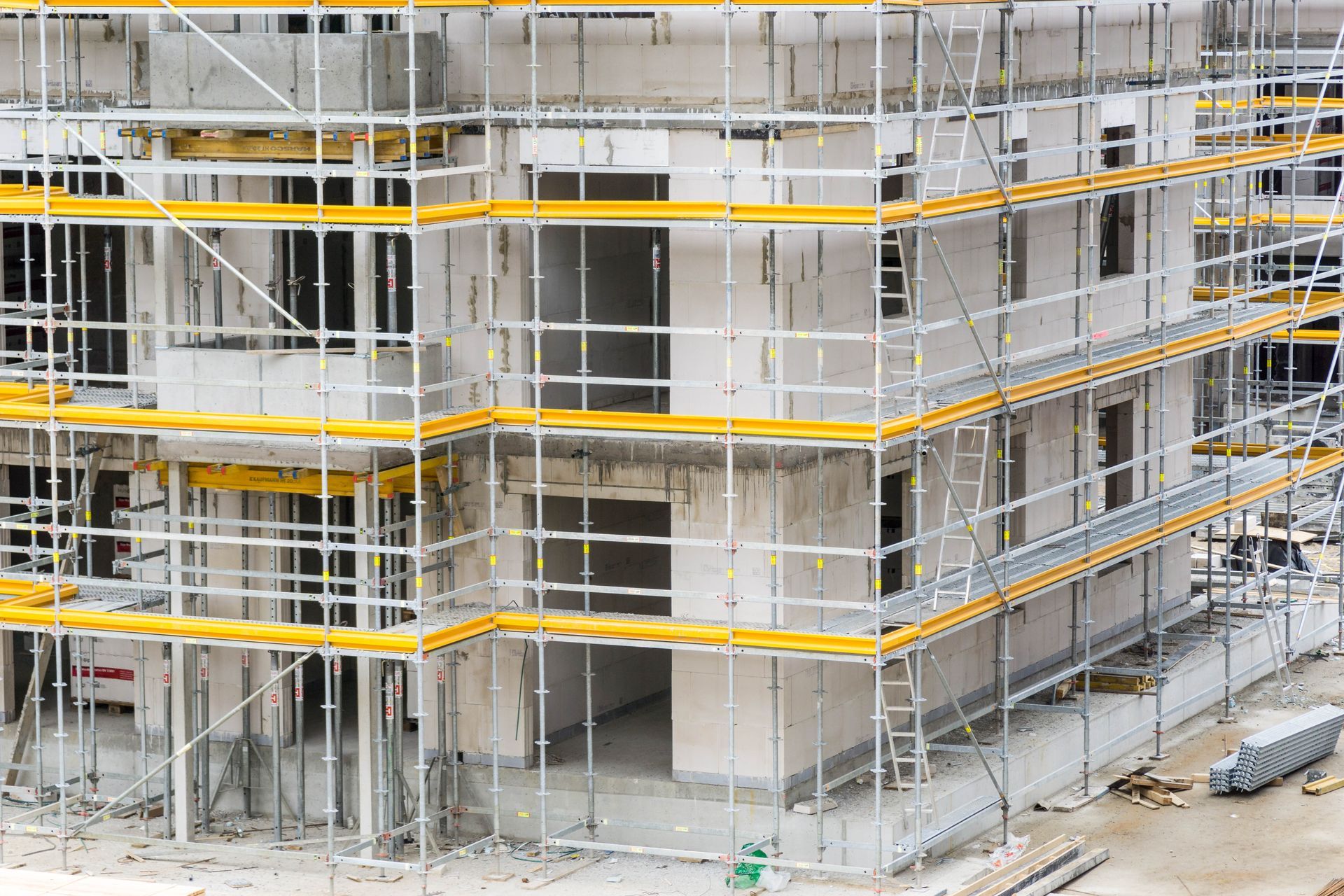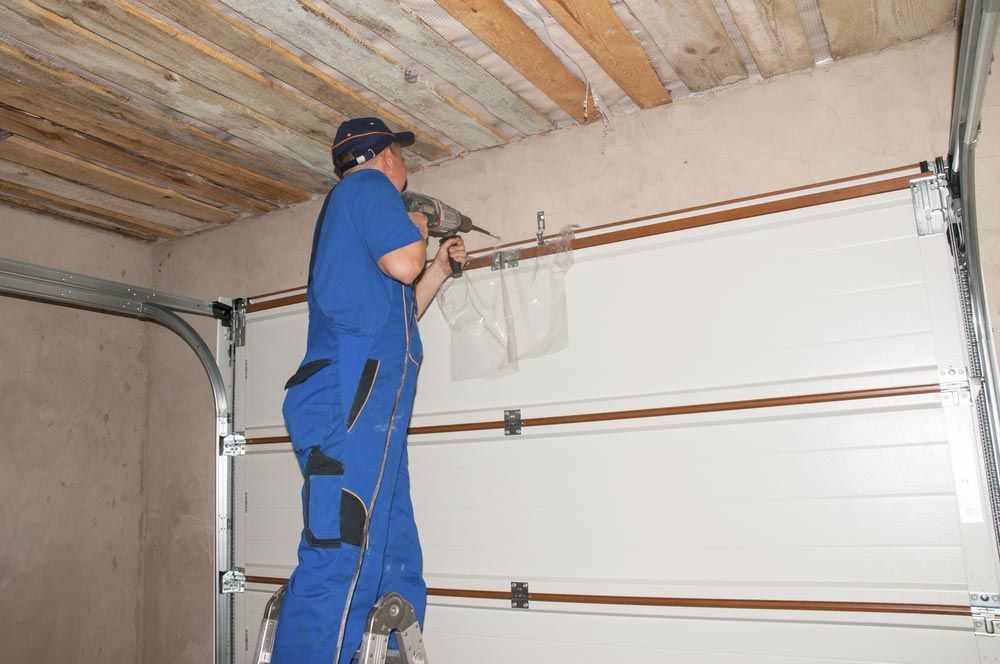Wall vs Ceiling Insulation: What’s the Difference?

When improving comfort or cutting down on energy bills, have you considered where insulation matters most—your walls or your ceiling? Many property owners focus on one area without fully understanding the difference. Whether you’re building, renovating, or upgrading thermal protection, knowing how wall and ceiling insulation work individually and together can help you make practical decisions.
In this blog, we’ll explore the key distinctions between wall vs ceiling insulation, highlighting their roles and materials and where each type is commonly used in homes across Australia.
Understanding Wall & Ceiling Insulation Basics
Before comparing them directly, it’s helpful to understand the primary purpose of insulation in general. Insulation helps reduce the flow of heat into and out of a building. In warm climates, like much of Queensland, insulation reduces the need for cooling. In cooler months, it helps retain warmth indoors.
Wall and ceiling insulation are installed in different parts of the home and often serve slightly different functions, depending on the layout, building materials, and climate conditions.
Wall Insulation: Purpose & Application
Wall insulation is installed between the wall studs of internal and external walls. Its main purpose is to slow the transfer of heat through vertical surfaces, providing year-round thermal stability and helping reduce noise between rooms.
Common Applications:
- External walls for thermal control and weather buffering.
- Internal walls for acoustic privacy and climate separation.
- Cavity walls to reduce heat bridging and enhance fire resistance in some builds.
Wall insulation can make a noticeable difference in both double-storey homes and smaller dwellings, where wall surfaces often make up a large proportion of the building envelope.
Ceiling Insulation: Function & Use
Ceiling insulation is installed directly under the roofline, either in the ceiling space (also known as the roof cavity) or beneath the top-floor ceiling. This type of insulation plays a major role in temperature control, particularly in homes with pitched roofs and open-plan designs.
Typical Locations:
- Roof cavities of houses with pitched roofs.
- Directly under flat roofing in single-storey homes or apartment units.
- Above ceilings in top-floor rooms or attics are used for storage.
Since hot air rises, much of a home’s internal heat escapes through the ceiling, making ceiling insulation critical in maintaining indoor comfort levels.
Key Differences Between Wall & Ceiling Insulation
Now that we've clarified their general functions, let’s compare them directly to understand how they differ in terms of application, performance, and materials.
Thermal Performance & Heat Flow Direction
Ceiling insulation handles vertical heat rise, making it essential in reducing summer heat gain and winter heat loss. Wall insulation manages horizontal heat transfer, helping maintain consistent room temperatures.
In many Queensland homes, ceiling insulation sees more impact due to the sun beating down on the roof for most of the day. That makes ceiling insulation a top priority in warmer climates like Rockhampton.
Materials Used
While some materials can be used in both locations, their design or thickness may vary.
Ceiling insulation commonly uses:
- Glasswool batts.
- Polyester batts.
- Foil-backed insulation for radiant heat reflection.
- Loose-fill insulation in hard-to-access ceiling cavities.
Wall insulation may include:
- Rigid foam boards.
- Glasswool batts in thinner sizes to fit wall cavities.
- Acoustic batts for sound reduction.
- Rockwool for thermal and fire resistance.
Wall insulation materials are typically denser or thinner to fit narrower cavities without compressing and losing their thermal properties.
Installation Techniques
Installing ceiling insulation is usually simpler in new builds or homes with accessible crawl spaces. It can be laid across the joists and doesn’t need to be tightly packed.
Wall insulation, especially in retrofits, may require removing plasterboard or drilling access points to insert the material. For new constructions, insulation is fitted between the studs before the internal wall is sealed.
Because of this, wall insulation upgrades tend to be more complex and potentially more disruptive.
Impact on Energy Efficiency
Ceiling insulation can offer significant improvements in energy efficiency—often delivering the greatest energy savings per square metre of insulation added. This is due to the natural rise of warm air and the exposure of the roof to direct sunlight.
Wall insulation still contributes to energy savings, especially when used alongside ceiling insulation. In hot climates like Rockhampton, combining both can help reduce the load on air conditioners and keep living spaces cooler for longer.
Which Should You Prioritise First?
If you’re wondering whether to insulate your ceiling or walls first, ceiling insulation usually provides the greatest immediate benefit in both summer and winter. It’s also often more affordable and simpler to install, making it a smart first step in older homes without insulation.
However, wall insulation shouldn't be overlooked. If you’re building a new home or undertaking a major renovation, adding insulation to your external and internal walls can deliver comprehensive comfort and reduce heating and cooling costs.
For full thermal performance, a combination of ceiling and wall insulation offers the best results. This approach helps seal the entire thermal envelope of the home, reducing energy use and maintaining more consistent indoor temperatures.
Ceiling Insulation vs Wall Insulation: Summary
Understanding the practical differences between ceiling insulation and wall insulation helps you make decisions based on climate, home design, and long-term comfort. Here's a quick summary:
- Ceiling insulation plays a major role in managing heat from above and is generally easier to install and more impactful in hot climates.
- Wall insulation contributes to noise control and steady indoor temperatures, particularly valuable in rooms facing direct sun or with external walls.
Each has its own place, and both contribute to a more comfortable, energy-conscious home.
Get Started with Ceiling & Wall Insulation in Rockhampton
For property owners weighing up wall vs ceiling insulation, it's not always about choosing one or the other. It’s about knowing where your home loses the most energy and addressing those gaps accordingly. Ceiling insulation is often a straightforward and highly effective upgrade. Wall insulation, while more involved, can make a big difference when planned into builds or renovations.
At Kev's Group, insulation in Rockhampton is tailored to suit your home, climate, and building type. Whether you're focused on ceiling insulation, wall solutions, or both, our team can help you select the right product for your project.
Contact us today to discuss your insulation needs and get started on improving comfort throughout your property.







